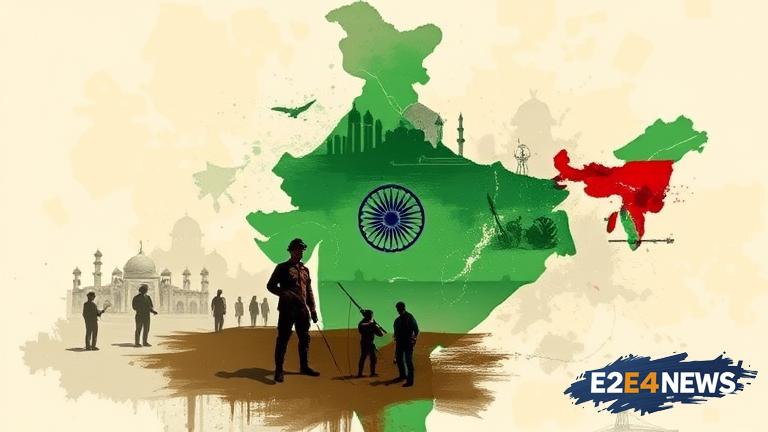India’s internal security landscape is poised to remain dynamic and challenging, primarily due to the country’s neighbourhood. Home Minister Amit Shah recently underscored this point, highlighting the complexities and uncertainties that India faces in its regional environment. The neighbourhood, comprising countries such as Pakistan, China, Nepal, Bhutan, Bangladesh, and Myanmar, presents a unique set of challenges for India’s internal security apparatus. Pakistan, in particular, has been a significant source of concern due to its support for terrorist groups and its role in fuelling insurgency in Jammu and Kashmir. The situation in Afghanistan, with the Taliban’s return to power, also has implications for India’s internal security, as it could potentially lead to an increase in terrorist activities in the region. Furthermore, China’s growing assertiveness along the Line of Actual Control (LAC) and its attempts to expand its influence in the Indian Ocean Region pose a significant challenge to India’s national security. The internal security challenges are not limited to external factors; internal dynamics, such as the insurgency in the Northeast and the Maoist movement, also require attention. The government has been taking steps to address these challenges, including the implementation of the National Investigation Agency (NIA) Act and the Unlawful Activities (Prevention) Act (UAPA). Additionally, the government has been focusing on improving intelligence gathering and sharing, as well as enhancing the capacity of security forces to respond to emerging threats. The use of technology, such as drones and artificial intelligence, is also being explored to strengthen internal security. Moreover, the government has been engaging with neighbouring countries to address common security concerns and promote cooperation. However, despite these efforts, the internal security landscape is likely to remain dynamic, with new challenges emerging and old ones evolving. The situation in Jammu and Kashmir, for instance, remains fragile, with periodic outbreaks of violence and protests. The Maoist movement, although weakened, still poses a threat in certain parts of the country. The Northeast, with its complex web of insurgent groups and ethnic tensions, also requires sustained attention. In this context, the role of the security forces, including the Army, paramilitary forces, and state police, is critical in maintaining law and order and responding to emerging threats. The government’s efforts to promote development and address grievances in affected areas are also crucial in reducing the appeal of insurgent groups and promoting stability. Overall, India’s internal security challenges are complex and multifaceted, requiring a comprehensive and nuanced approach that takes into account both external and internal factors. The government’s response to these challenges will be critical in shaping the country’s internal security landscape in the coming years. As the neighbourhood continues to evolve, with new challenges and opportunities emerging, India’s internal security apparatus will need to remain vigilant and adaptable to address the dynamic threats that it faces. The country’s ability to balance its internal security concerns with its external relations and geopolitical priorities will be essential in navigating the complex security landscape of the region. In conclusion, India’s internal security challenges are poised to remain dynamic, with the neighbourhood playing a significant role in shaping the country’s security landscape. The government’s efforts to address these challenges, through a combination of security measures, development initiatives, and diplomatic engagement, will be critical in promoting stability and security in the region.
